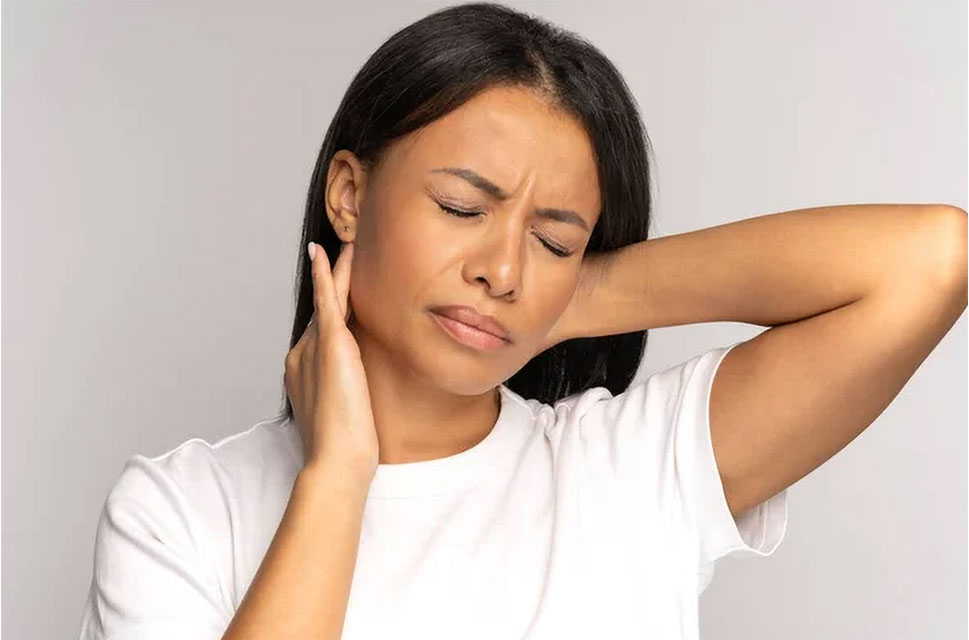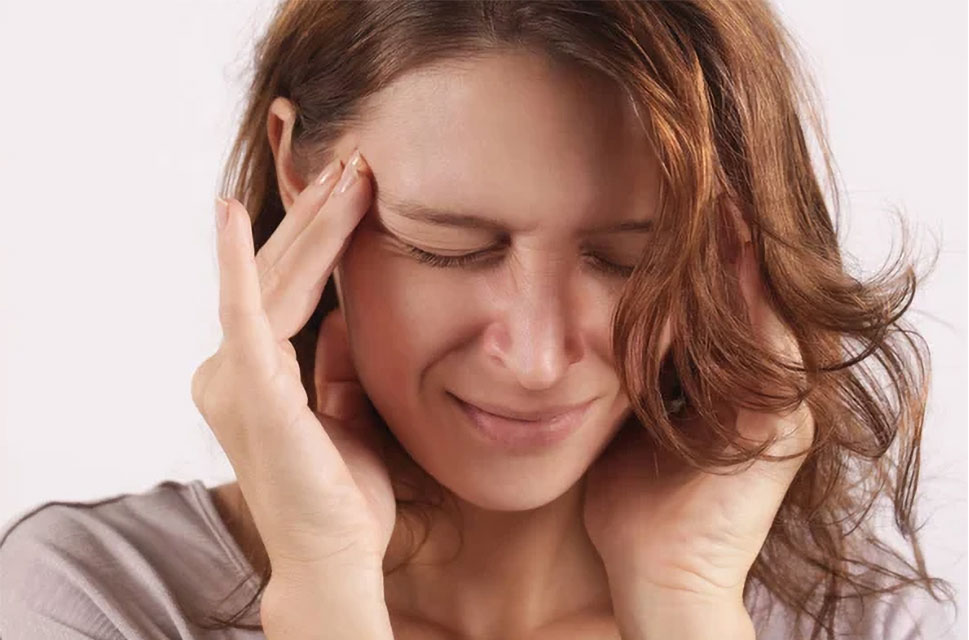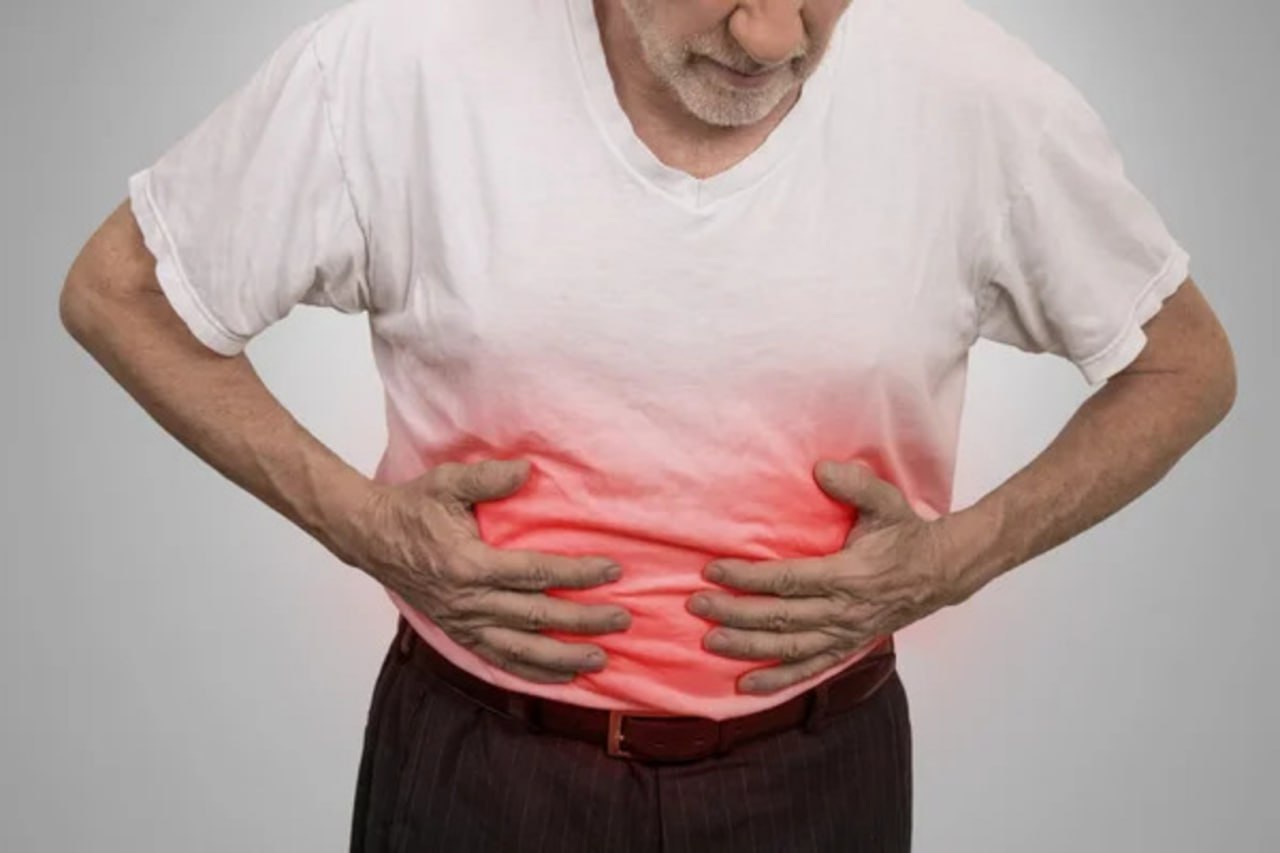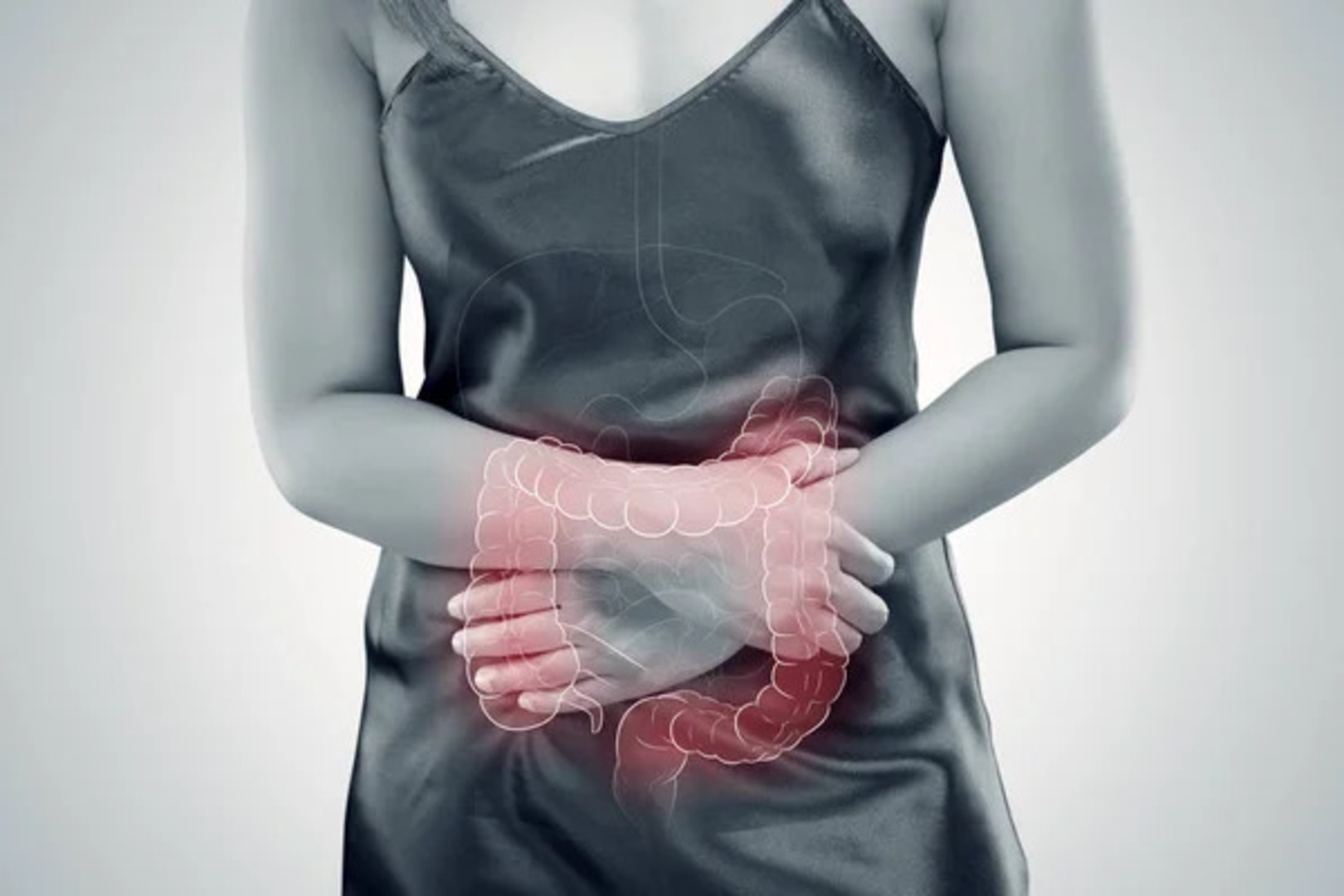Are you experiencing painful muscle spasms in your chest? A heart attack is probably the first thing you’re going to think of, but try not to panic. A cramping chest muscle is not always a sign of a heart condition.
In this article, we want to shed some light on what chest muscle spasms are, describe how they typically feel, and what symptoms should indicate a visit to your doctor.
We will also look at some of the underlying health issues that might be causing your painful chest cramps, as well as how spasms are typically assessed and diagnosed. There will also be some insightful information about common therapies for chest muscle spasms that may help you find some relief from painful symptoms.
Moreover, we’ll explore the specialized Neurofunctional Pain Management techniques offered by Neuragenex, and how they provide an innovative approach to helping you find relief from pain and discomfort without needing to resort to heavy medications or invasive procedures.
We hope to provide you with useful information that can assist you in better understanding and managing your chest muscle spasms, particularly in determining the best options for relieving your worry and discomfort, determining the underlying cause, and discovering treatments that will enhance your overall health and well-being.
Let’s begin by defining a muscle spasm, exploring how it usually feels, and identifying the structures typically involved in this uncomfortable symptom.
Defining What A Chest Muscle Spasm Feels Like
Chances are, you’ve experienced a muscle spasm or cramp at some point in your life. These involuntary and rapid contractions can affect any muscle in your body, ranging from a minor twitch to a painful and sustained cramp. Normally, muscle spasms are short-lived and not a cause for concern.
However, when spasms impact the chest muscles, they can trigger feelings of stress and anxiety, potentially intensifying the already painful experience. Imagine sudden contractions or tightness in the chest muscles, accompanied by localized, sharp pains. Due to the chest muscle’s proximity to the heart, spasms here can become an extremely distressing and uncomfortable experience that can send your mind into a worrying frenzy.
Gaining a better understanding of what happens in the chest muscles during a spasm is helpful in fully comprehending why they occur and what could be causing them.
The chest is a complex region, home to an intricate interplay of muscles, nerves, and blood vessels. When these structures are disrupted, it can lead to muscle cramps and spasms. Factors such as dehydration, poor circulation, muscle overuse and fatigue, nerve compression, and electrolyte imbalances can all contribute to chest muscle spasms.
If you or someone you know is experiencing frequent muscle spasms that have become an ongoing problem, it’s understandable you’re seeking information regarding potential underlying causes. We will discuss some of the medical conditions that are associated with re-occurring muscle spasms in the following section.
Underlying Medical Conditions That Might Contribute To Chest Muscle Spasms
Did you know that certain medical conditions can make you more prone to developing chest muscle spasms? Various health issues can impact the muscles of the chest, either directly or indirectly.
Let’s delve into some details that can help us better understand how certain medical conditions can play a role in muscle spasms of the chest. It’s important to note that while muscle spasms may not be the main or only symptom of these conditions, they are likely to play a role in the more frequent occurrence of spasms.
Muscle Strain
Muscle strain is a common cause of chest muscle spasms. It stems from overexerting the muscles or using improper lifting techniques.
Straining muscles beyond their ability or exhausting their energy reserves places excessive pressure on the chest muscles, leading to spasms. Think of intense chest workouts, sporting events, or even day-to-day activities that involve heavy lifting activities like gardening.
Anxiety And Stress
Did you know that emotional stress can affect your muscles’ ability to function normally? Stress and anxiety can cause poor posture and tension in the chest muscles, contributing to spasms or cramping.
Finding mindful relaxation and stretching practices to incorporate into your wellness regimen may help control and prevent these spasms.
Nerve Compression
There are many clusters of nerve fibers that weave throughout the chest and upper body, all stemming from the spinal cord. This intricate web of nerves can sometimes get compressed or irritated, leading to abrupt involuntary contractions of the surrounding muscles.
A compressed or irritated nerve in the chest can result from poor blood flow, pain, inflammation, or structural concerns like a torn muscle, muscle imbalances, and misalignments in the shoulder or neck joint.
Coronary Artery Disease
While muscle strain and stress-related chest spasms are more common, they can also be an indication of more serious conditions like coronary artery disease. It is very important to understand the risk factors and other symptoms associated with heart conditions such as coronary artery disease.
Also, consider the activities you were doing before the pain and discomfort started. For instance, chest muscle spasms are more likely to occur after using the muscles, and they might be tender to the touch.
Myocardial Infarction
Myocardial infarction is the medical term for a heart attack, and this condition can cause severe chest pain and spasms. It is essential to understand the alternate symptoms of a heart attack, as seeking prompt medical attention and receiving timely intervention is paramount in this instance.
For example, if you feel tightness or heaviness in your chest, along with shortness of breath, pain radiating to your jaw or down your arm, or if it’s challenging to pinpoint the exact location of the pain, it’s crucial to seek urgent medical assistance.
Pulmonary Embolism
A pulmonary embolism occurs when there is a blockage, typically a blood clot, of the pulmonary arteries in the lungs. When the main artery of the lungs becomes blocked, blood circulation and oxygen supply to the lungs and body are reduced. Muscle spasms can occur as a result of increased pressure in the chest, combined with decreased oxygen and blood flow to the chest muscles.
It’s crucial to note that symptoms like shortness of breath during exertion, chest pain, and seemingly unrelated calf pain can also indicate a pulmonary embolism. Recognizing these signs is vital, as a pulmonary embolism is a serious condition requiring prompt medical intervention.
Fibromyalgia
Fibromyalgia is a chronic pain disorder that causes widespread, painful muscle spasms, including the muscles of the chest. Fibromyalgia is a condition of the nervous system, causing the brain to inappropriately manage pain signals. Other symptoms of fibromyalgia include fatigue, sleep disturbances, depression, and difficulty concentrating or thinking clearly.
Crohn’s Disease
Chronic inflammatory conditions can have many far-reaching effects on the body, including muscle spasms. Chron’s is an auto-immune disease that causes a large inflammatory process throughout the digestive tract.
The impact of elevated inflammation throughout the body can irritate large muscle groups, such as the legs and chest, affecting their normal nerve impulses and leading to spasms.
Ulcerative Colitis
Similar to Crohn’s disease, ulcerative colitis (UC) is an inflammatory bowel disease associated with increased levels of inflammation throughout the body. Disorders of the digestive tract, including UC and Chron’s, have an effect on the body’s overall nutrition, disrupting the balance of electrolytes and hydration. These imbalances may lead to muscle spasms, including the muscles of the chest.
Gaining a better understanding of how these conditions might play a role in chest muscle spasms not only helps in managing the uncomfortable symptoms but also better equips you to address and navigate your overall health and well-being.
It’s an empowering step toward a clearer understanding of your body and how to support it. Now, let’s explore when these symptoms warrant a visit to your doctor.
Signs That Warrant A Visit To Your Doctor
While muscle spasms of the chest are often harmless, it is important to see a doctor as soon as possible for certain symptoms.
If you are unsure of what is causing your chest spasms and discomfort, or if you notice any of the following symptoms, it is advisable to seek prompt medical attention:
- Severe or persistent pain
If the pain associated with chest spasms is severe, persistent, or progressively worsening, it’s a clear signal to consult a healthcare professional. Persistent pain might indicate an underlying issue that needs attention. - Shortness of breath
Difficulty breathing, especially when accompanied by chest spasms, demands an immediate medical evaluation. It could be indicative of a respiratory or cardiac issue that needs urgent treatment. - Sudden weakness or numbness
Noticing a sudden onset of weakness or numbness, particularly on one side of the body, can be a sign of neurological issues. When combined with chest spasms, it’s essential to seek prompt medical advice. - Nausea and vomiting
Talk to a healthcare professional if you have unexplained nausea or vomiting associated with your chest spasms. It could be a sign of various underlying issues, including gastrointestinal problems or cardiac concerns. - Irregular heartbeat
Experiencing palpitations or irregular heartbeats warrants a medical investigation, particularly when paired with chest spasms. It could indicate a cardiac arrhythmia or other heart condition that needs a professional evaluation.
Recognizing these signs is crucial in receiving timely evaluation and interventions in case of any potentially serious medical concerns. Next, let’s look at how doctors will assess and diagnose chest muscle spasms and their underlying causes.
Diagnosis And Medical Evaluation
Seeking medical attention is the first step toward finding an accurate diagnosis and effective management strategy for chest muscle spasms.
During your visit to the doctor, various diagnostic tools may be used to help determine the underlying cause of your spasms. In the list below, we have set out some of the typical methods you can expect your doctor to use.
- Physical examination: A thorough physical examination is the first step in evaluating chest spasms. The doctor will assess for any associated factors or underlying issues, including limitations in mobility, muscle tension, signs of inflammation, or other abnormalities that could be contributing to your cramps.
- Medical history: The doctor will ask many questions in order to comprehensively explore your presenting complaints. They will ask about your current symptoms, their frequency, how long they have been a problem and any factors that may trigger or worsen your chest cramps. The doctor may also inquire about your previous medical history, family history, and certain lifestyle factors.
- Blood tests: A simple blood test can provide many useful insights into your overall health. In the case of chest muscle spasms, a doctor will typically test for markers of infection and inflammation, electrolyte abnormalities, hydration levels, or cardiac stress, helping in narrowing down potential causes.
- Electrocardiogram (ECG): An ECG is a standard test to assess the electrical activity of the heart. This quick and non-invasive test can identify irregularities in the heart’s rhythm or signs of cardiac stress.
- Chest X-ray or CT scan: Specific imaging tests such as X-rays or CT scans may be recommended to provide a detailed view of the entire chest and its structures. These tests can be valuable in revealing abnormalities in the bones, muscles, and organs in the chest, leading to a diagnosis.
- Stress test: A stress test involves monitoring your heart’s activity while you engage in physical activity. This unique test helps identify issues that might only become apparent during exertion, providing a more dynamic evaluation.
It’s important to remember that a thorough examination helps best identify the root cause. We hope these insights provide you with an understanding of what to expect when addressing your chest spasms.
Now, let’s look at some of the common treatments that are often recommended for less serious chest muscle spasms.
Common Treatments For Chest Muscle Spasms
When it comes to managing muscle spasms that are not a result of a serious medical condition, there are a few techniques that can help provide relief. These treatments focus on addressing the muscle tension and discomfort associated with chest spasms, as well as improving mobility:
Heat therapy: Applying heat to the affected area can help relax tight chest muscles. Using a warm compress or heating pads can help alleviate muscle spasms and improve blood circulation to the area.
Massage therapy: Receiving a targeted massage can be really beneficial in releasing tension in the chest muscles. Professional massage or self-massage techniques may help manage and prevent spasms. Additionally, massage is well known to induce a state of relaxation and reduce stress levels.
Posture correction: Improper posture can contribute to muscle tension, muscle imbalances, and, ultimately, muscle spasms. Correcting your posture, especially during prolonged periods of sitting, may help prevent or reduce the frequency of chest spasms.
These are just a few practical approaches that can help manage chest spasms that are less severe. However, for individuals who experience more persistent or concerning symptoms, seeking a management plan from your doctor is essential.
In the next section, we’ll explore common medications that may be recommended for the pain and discomfort of chest spasms.
Common Medications To Alleviate Associated Symptoms
When chest spasms become more severe, with distressing symptoms, medications can be used to provide further relief. It’s important to remember that you should talk to your doctor or pharmacist before taking any medication.
In this list below, we have provided a brief discussion of the commonly prescribed medications for managing chest spasms:
Anti-inflammatory medications: Nonsteroidal anti-inflammatory drugs (NSAIDs) can help reduce inflammation and temporarily alleviate the pain associated with chest spasms.
Muscle relaxants: Prescribed muscle relaxants can help relax tense chest muscles, providing relief from spasms and discomfort.
Over-the-counter analgesics: Over-the-counter pain relievers like acetaminophen can help alleviate pain associated with chest spasms.
Anti-depressants and anti-anxiety medication: In cases where stress or anxiety contributes to chest spasms, antidepressants or antianxiety medications may be prescribed.
Narcotic pain relievers: Stronger pain relievers may be prescribed for severe pain, especially if associated with underlying conditions. However, these are typically reserved for specific cases due to their potential for side effects and risk of dependency.
Learning more about these commonly prescribed pharmaceuticals should give you a better appreciation of the role medications play in managing chest spasms.
While conventional therapies and pharmaceuticals may provide some relief from muscle spasms, you might find that relief is merely temporary or that you experience side effects, making long-term medication challenging. In these cases, it’s helpful to explore alternative treatment options that could offer you longer-lasting relief.
The Neuragenex NFPM Protocol For Pain From Chest Muscle Spasms
We are dedicated to providing comprehensive care to help you find relief from the pain and discomfort of chest muscle spasms. Our innovative approach stimulates the nervous system to alleviate inappropriate pain signals, helping to provide long-lasting relief and enhancing your overall well-being.
With Neuragenex’s Neurofunctional Pain Management protocols take a whole-person approach, addressing the pain associated with muscle spasms without the need for drugs, chiropractic adjustments, or invasive procedures. The Neuragenex’s NFPM approach includes the following therapies:
Electroanalgesia
Electroanalgesia is a pain management technique that uses high-pulse electrical current to ease pain, boost blood circulation, improve mobility, and induce...
IV Therapy
IV nutritional therapy, or intravenous therapy, involves administering vital nutrients directly to the bloodstream through an IV. This type of treatment bypasses the digestive system, allowing for maximum absorption and utilization of nutrients by the...
Lifestyle Counseling
Lifestyle counseling is an approach to managing chronic pain that involves identifying, assessing, and modifying lifestyle factors contributing to an individual's pain. For example, lifestyle factors such as nutrition, physical activity, stress, sleep quality...
Read More About Muscle Spasms In The Chest Lifestyle Counseling
Relieve Pain From Muscle Spasms From These Conditions

Fibromyalgia Pain Treatment
Fibromyalgia is a chronic disorder that causes several symptoms, including widespread pain, fatigue, and cognitive impairment. Our non-surgical and drug-free treatments can help reduce the chronic pain associated with fibromyalgia. Additionally, our holistic...

Chronic Fatigue Pain Treatment
Chronic fatigue is a condition that causes incredible tiredness, headaches, as well as muscle and joint pain. As a result, chronic fatigue can greatly affect a person's quality of life. Thankfully, Neuragenex NFPM is a holistic, non-invasive, and...

Long COVID Pain and Fatigue Treatment
Long COVID is the term used to describe the ongoing symptoms experienced by people who were previously infected with COVID-19. The symptoms can range from mild to severe, and generally include fatigue, breathlessness, joint pain, and cognitive...

Crohn’s Disease Pain Treatment
Crohn's disease is a debilitating condition that can cause pain and inflammation in the digestive tract. Neuragenex NFPM provides a non-invasive, non-chiropractic solution for managing Crohn's symptoms, which include abdominal pain, cramping, and...

Ulcerative Colitis Pain Treatment
Ulcerative colitis is an inflammatory bowel disease that can lead to painful and disruptive symptoms, including abdominal pain, rectal pain, fatigue, defecation difficulties, and more. The potential severity of these symptoms can have an enormous impact on...
Take Control Of Your Chest Muscle Spasms Today
Experiencing muscle spasms in your chest can be understandably worrying. However, having a clear understanding of the underlying causes and symptoms associated with serious conditions, such as cardiac issues, can empower you to better manage your pain and discomfort and seek medical help when necessary.
We encourage you to take your symptoms seriously and seek the necessary medical evaluation for chest muscle spasms. Gaining an early diagnosis and implementing an appropriate management plan can bring significant relief, improving your overall well-being and encouraging optimal health outcomes.
We are delighted to offer innovative solutions to empower people who suffer from muscle spasms and other discomforts, allowing you to improve the quality of your life and be cramp-free.
Remember, your health is valuable, and we hope the information in this article has equipped you to make informed decisions about the best ways to relieve your discomfort. If you’re looking for non-pharmaceutical innovative approaches to managing painful chest spasms, make an appointment with us today, where our experts can provide comprehensive care tailored to your individual needs.
Relieve constant pain. Explore how Neurofunctional Pain Management helps.




